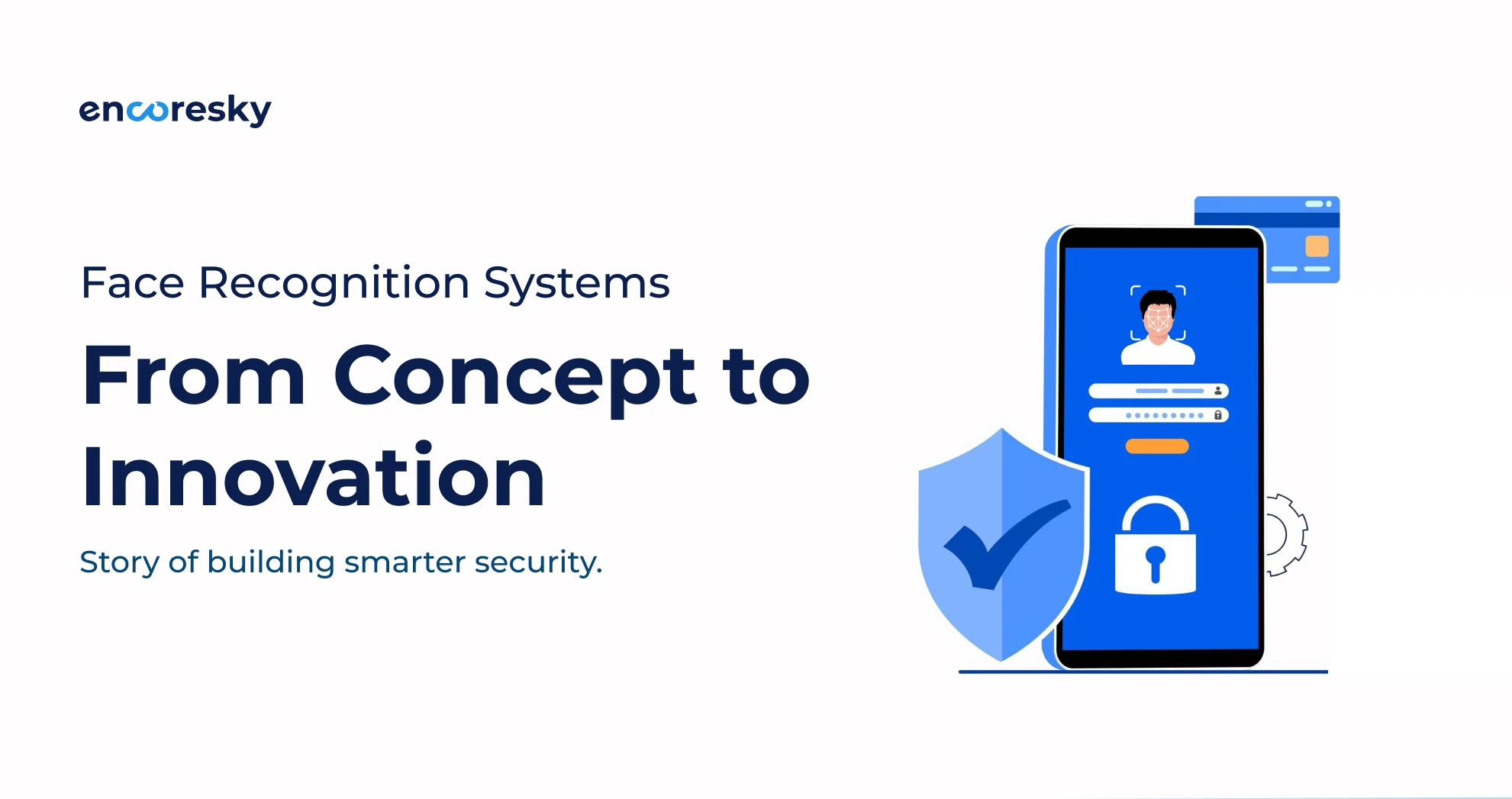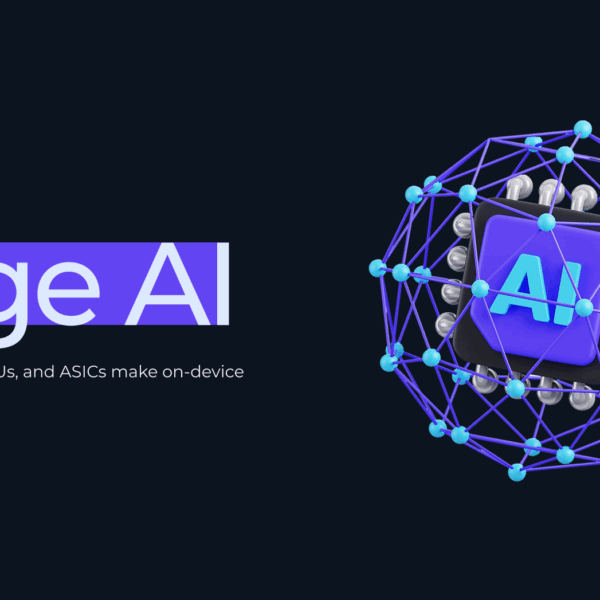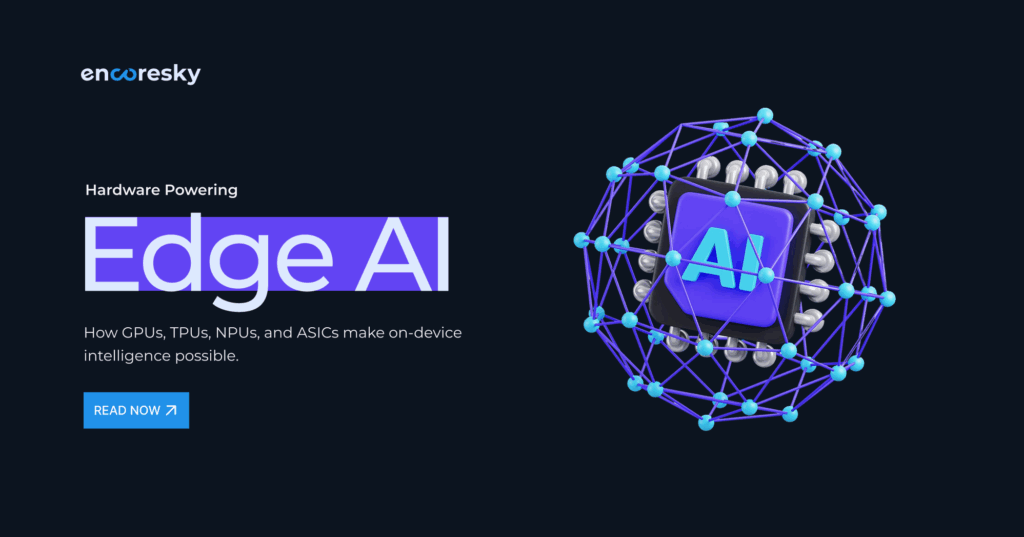Face recognition system has moved from science fiction to everyday reality. From unlocking smartphones to verifying passengers at airports, it’s becoming a core part of security and convenience worldwide. But how does it work, and how did we build our own system? Let’s break it down.
The technology behind Face Recognition System
What is it?
Face recognition systems use biometric software to establish or verify the identity of an individual based on facial features. The systems analyze contours of the face, the distance between the eyes, nose shape, jawline, etc., and match this data against a stored database to find a comparison.
How It Works: From Image Capture to Identity Match
It all starts with a camera capturing a face image, wherein algorithms then perform the detection of landmarks such as distance between the eyes, nose shape, and jawline. That image and other data are translated into a unique numerical “faceprint.” The system compares that faceprint against existing entries in a database to either verify or identify the person.
Components That Make the System Work:
- Cameras – High-resolution cameras for obtaining clear images.
- Algorithms – AI models that were trained to detect and match facial features.
- Databases – Secure storage for faceprints and associated information.
Real-world applications of Face Recognition
- Security and Surveillance: Law enforcement agencies utilize face recognition systems to recognize suspects, search for missing persons, and work towards public safety.
- Retail and Customer Experience: Facial-based systems help stores identify loyal customers, customize offers for them, and shorten their checkout process.
- Healthcare, Banking, and More: Hospitals use it for patient verification, while banks utilize it for secure transactions to prevent fraud.
The benefits of Face Recognition technology
Speed and Accuracy – Modern AI-powered systems can process and verify identities in seconds with high accuracy.
Contactless Authentication – Unlike fingerprint scanners, no physical contact is needed, making it hygienic and convenient.
Scalability – Face recognition systems can handle large user databases, making them suitable for airports, stadiums, and other high-traffic areas.
Challenges of Face Recognition Technology
- Accuracy in Withstanding Conditions – Lighting, masks on faces, and poorly configured cameras can affect the results. In this case, an upgrade to smarter cameras, along with AI models trained on diversifying datasets, will bring improvement to the overall performance.
- Privacy Concern – Storing biometric data can raise concerns. Ensure encryption, strict access controls, and compliance with privacy regulations to build trust.
How we built Face Recognition for our clients?
Step 1 – We developed two apps: the Register App for capturing and verifying user faces, and the User App for matching real-time images, marking attendance, enabling manual entries, and handling parking fee payments, forming a complete face-recognition-based attendance system.
Step 2 – The solution was built using Dart, Kotlin with CameraX, Google ML Kit, and AWS Rekognition to ensure accurate and efficient face detection and recognition.
Step 3 – AWS Rekognition was later replaced with our native built module for on-device facial matching, reducing latency and eliminating dependency on cloud services.
Step 4 – The outcome was a highly secure, cross-platform solution with high accuracy, real-time performance, and increased scalability.
Future of Face Recognition
The next generation of face recognition will witness an increased AI involvement, which will incorporate emotion detection, crowd analysis in real-time, and fraud-proof digital identity systems. Progress in edge computing allows face recognition to run more rapidly and securely on local devices rather than being dependent on cloud-based solutions.
Conclusion
Face Recognition System are operating in areas of security, customer experience, and digital identity management. Irrespective of the accuracy-and-privacy issues remaining, development responsibly and ethical use could fuel a wide spectrum of possibilities. Our journey in building this system shows that with the right tools, data, and safeguards, this technology can deliver both innovation and trust. If you are also looking for a face recognition solution, Connect with us today.









